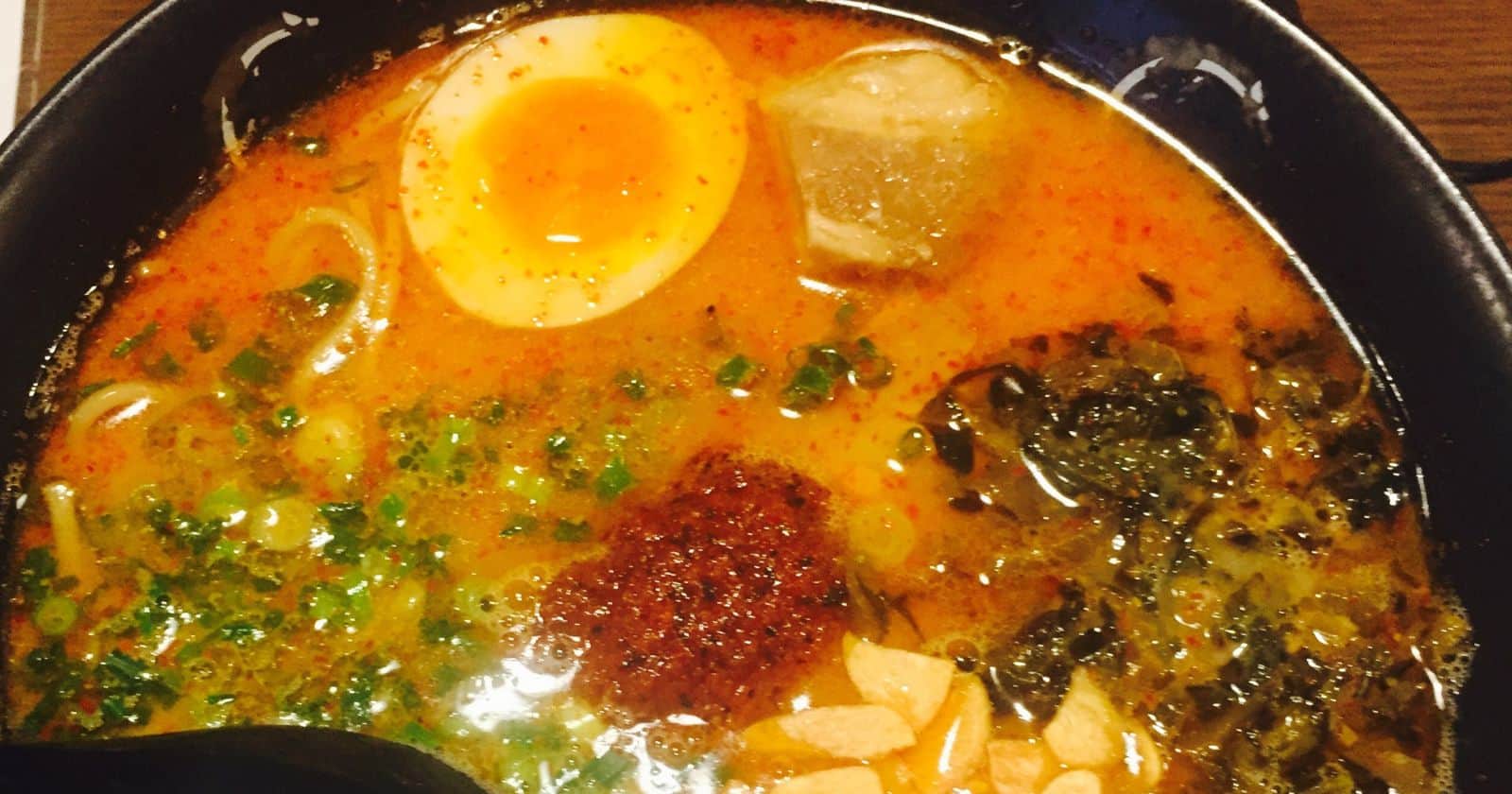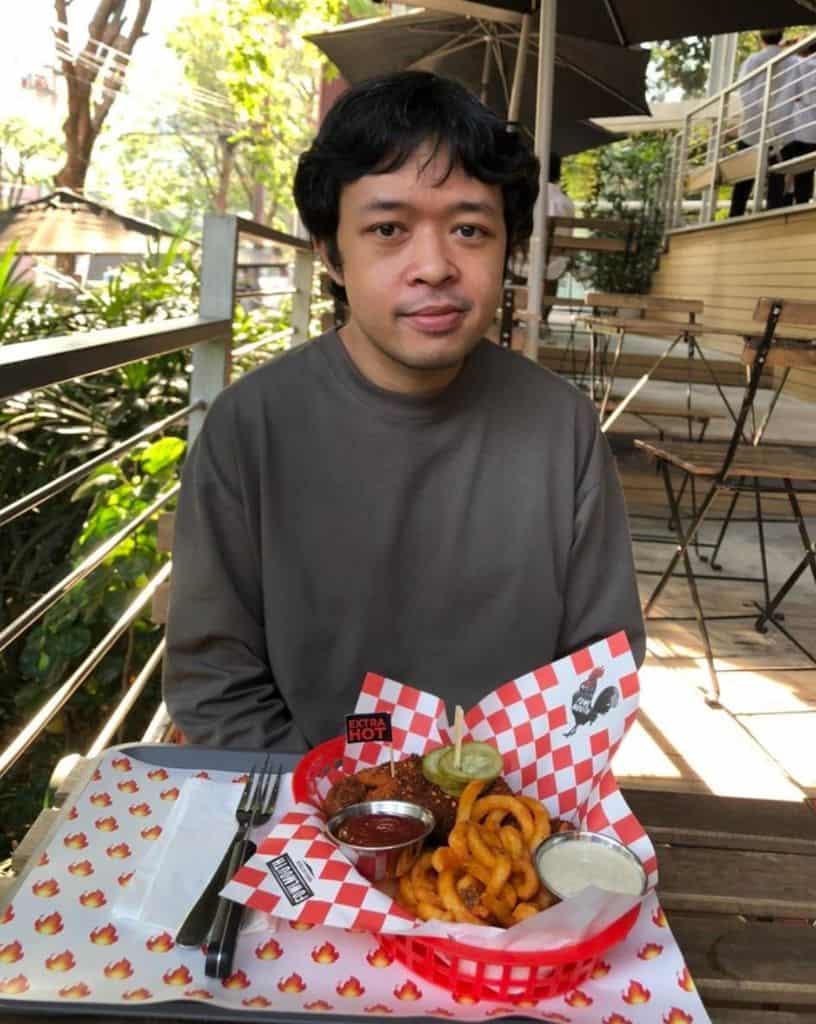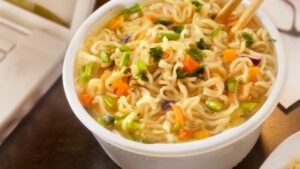If you’re a ramen noodle fan, you’ve likely wondered if you should drink the savory broth or just slurp up the noodles. The short answer is yes – you can and should drink ramen broth.
However, moderation is key. While culturally encouraged, the sodium and preservatives in instant ramen broth can negatively impact your health if consumed in excess.
By following some simple tips like choosing low-sodium broth, adding veggies, and limiting intake, you can safely enjoy drinking ramen broth as part of an overall balanced diet.
Curious to learn more? Keep reading to dive into the cultural significance, health implications, and best practices for properly savoring ramen broth without overdoing it. You’ll get the insider’s guide to navigating the sensational world of ramen, from the nuances of slurping to ordering healthier bowls at restaurants.
Let’s start slurping!
The Cultural Significance of Sipping Broth
In Japan and other Asian countries, drinking the ramen broth is standard practice. More than just tasty, the broth symbolizes warmth and care from the chef.
Leaving broth behind is considered rude – so slurp up! Ramen broth is seen as the pinnacle of the dish, showcasing the chef’s skills in creating a flavorful, aromatic soup.
However, moderation is key. The sodium and preservatives in instant ramen broth can cause health issues when consumed excessively.
Are You Supposed To Drink All The Broth At A Restaurant?
When dining on ramen at a restaurant, you may wonder if you’re expected to drink the entire bowl of broth.
The answer depends on the restaurant culture and customs.
In Japan and some ramen-focused restaurants, drinking all the broth is generally expected as part of properly enjoying the dish. The chef puts care into crafting a balanced, flavorful broth, so finishing it shows respect.
However, at more casual restaurants, drinking the whole bowl of broth is not necessarily required. Some tips on broth etiquette:
- Drink directly from the bowl to enjoy the full experience. Use chopsticks for the noodles.
- It’s polite to leave a small amount (a couple sips) behind rather than drinking it all. This shows you are satisfied.
- Pouring broth into a glass is not customary. Sip it from the bowl.
- Add extras like chili paste or garlic to personalize, but avoid adding too much soy sauce to keep the original broth’s flavor.
- If you cannot finish the broth, leaving leftovers is fine. Avoid waste by taking home anything uneaten.
- For health, limit ramen meals to 1-2 times a week. The sodium can add up.
So feel free to drink the broth, but don’t feel obligated to gulp it all down if you get full. Follow your taste buds and the restaurant culture to decide what’s appropriate. Either way, be sure to enjoy the full experience of savoring quality ramen!
Health Impacts: Sodium and Additives
While delicious, the broth has some drawbacks:
- High sodium – can increase blood pressure and stroke risk. Sodium causes the body to retain water, putting strain on the heart.
- Preservatives – linked to cancer and neurological damage. TBHQ and BPA are concerning additives found in instant noodles.
To make ramen healthier:
- Use less of the seasoning packet or make your own low-sodium broth
- Add veggies like bok choy, carrots, mushrooms and lean protein like chicken or tofu
- Opt for low-sodium varieties from brands that focus on healthy ramen alternatives
Tips for Choosing Low-Sodium Ramen
You can still enjoy ramen broth without going overboard on sodium. Here’s how:
- Read labels – Look for lower sodium options from brands like Mike’s Mighty Good and Nongshim’s Shin line
- Make your own – Control sodium completely by making homemade broth with bonito flakes, kombu, and mushroom powder
- Try alternatives – Explore soba noodles, kelp noodles, shirataki noodles for even less sodium
- Ask a nutritionist – They can recommend healthy ways to eat ramen and balance your overall diet
Best Practices for Slurping Away
Follow these tips and etiquette for properly savoring your ramen broth:
- Drink straight from the bowl
- Limit sodium intake – choose low-sodium options or homemade
- Reheat with broth or water to avoid dry noodles. Butter also works nicely.
- Leave a bit behind to show respect. The chef may refill your bowl if you finish it all!
Ordering Healthy Restaurant Ramen
Craving ramen out? Here are some strategies:
- Choose fresh ramen over instant packets – freshly made broth has more nutritional value
- Customize with extra veggies and lean protein like chicken breast or tofu
- Ask about ingredients and nutrition info to understand what you’re consuming
- Limit ramen meals to 1-2 times per week. Pair it with healthier choices like salmon and greens.
Or better yet – whip up a homemade bowl! You can control the sodium and make it extra nutritious.
So go ahead – slurp up that ramen broth! Just do so in moderation and balance it out with healthy habits. Your taste buds and body will thank you.





